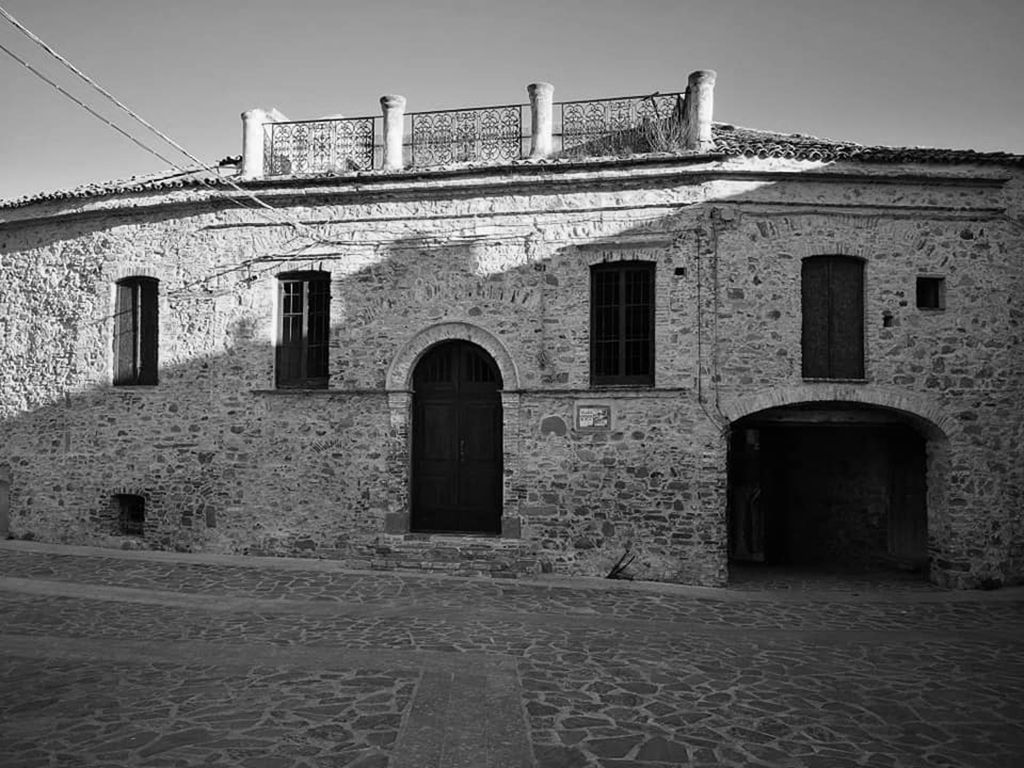The Monte-Jordanian territory was to be frequented as early as the 6th century BC. Giorgio Toscano narrates, in fact, that during his travels between Crotone and Taranto, Pythagoras of Samos used to rest and refresh himself in Montegiordano, in the Castello locality. He even says that before Oriolo was born, in the same territory, there was only one Earth called Montegiordano. On an unspecified date, but it has always been assumed, in the period of the Saracen invasions, this community was sacked and destroyed by the 'proud Trace who landed the houses and reduced them to a pile of stones'. Castello was definitively abandoned and the few survivors moved to the interior of their own territory and founded Oriolo.
To be honest, it must, however, be specified that to date no element has been found that can attest, I do not say the presence of Pythagoras, but at least a frequentation of the site in the fourth century BC.
The archaeological finds in the Monte-Jordanian territory do not go back, in fact, to the fourth century BC, but this does not exclude that there may be more ancient finds still to be discovered.
Around the middle of the 1500s, the land of Montegiordano (Castello area), formerly inhabited, had been uninhabited for 200 years, therefore, Castello area was inhabited until around 1350. So until about 1480, in the Castello-Piano delle Rose area, there was an inhabited fiefdom, surrounded by walls with a castle, towers, various buildings, cisterns, etc. Between 1453 and 1480, the fiefdom was abandoned due to Turkish raids and the inhabitants moved to Oriolo.
So, Montegiordano is together with Amendolara, for thirty years, owned by the Carafa family. It is not very clear whether, in 1528, Montegiordano redeemed himself together with Amendolara or if it is only Amendolara who redeemed himself since we find, in 1552, Montegiordano together with Oriolo sold to Marcello Pignone. We must deduce that the sale of 1488 had effect and that the uninhabited fiefdom of Montegiordano was sold for a third part to Amendolara. The name Montegiordano could be traced back to the Norman-Swabian era; the toponym, in fact, is widespread in this period.
We finally arrive at the foundation of the current Montegiordano. In 1645 Alessandro Pignone del Carretto, III Marquis of Oriolo 'having seen the success of the Land of Alessandria he decided to build another one in the marines and wanted to renew the name of the ancient Montegiordano on a floor above a mountain overlooking the sea'. Thus Montegiordano was born with houses covered in lime and tiled roofs. It was initially sparsely populated because of the revolutions that occurred in the Kingdom. However, once the riots had subsided, people from Rocca Imperiale, Roseto, Amendolara, Canna, Nocara and Oriolo moved to Montegiordano and populated it, although not as much as it was populated Alessandria.
Always the successors of the Marquis, in Marina, rebuilt and restored the castle 'almost completely ruined' by building comfortable houses (with rooms, rooms and anterooms, warehouses, stables and courtyard) where to reside for a few months of the year delighting in hunting wild and fishing fairs. Construction began on today's Montegiordano from 1645/49. Later the church and the building were built. The building is the current Solano house, previously inhabited by the De Martino family.
Montegiordano remained to the Pignone family until 1747 when a new feudal lord took over, the Marquis Giuseppe Martino who kept it until 1806. In 1881 the castle and its estate were acquired by the Solano family, current owners.
(Taken from the book Montegiordano historical notes on the origins of Teresa Carla Loprete)

 IT
IT 
